Need Help? We are right here!
Search Results:
×In SSO login via SAML authentication, the user only needs to authenticate once with the IDP, and subsequent access to multiple SPs (or applications) can be granted without requiring additional login credentials. SAML SSO enhances user convenience by eliminating the need for repeated logins. It also improves security by centralizing SAML authentication with the IDP and reducing password-related vulnerabilities. Furthermore, the miniOrange SAML SSO solution supports identity federation, allowing organizations to establish trust relationships with external partners or service providers.
SAML, which is also known as XML-based open standard protocol or Security Assertion Markup Language, is used to enable secure authentication and authorization exchange between identity providers or IDPs (Facilitator of authentication) and service providers or SPs (the application) in a distributed system by establishing a trust relationship. This process of authentication is called Single Sign-On (SSO) using SAML Authentication.
SAML assertions are XML documents that contain information about the user's identity and attributes. When a user attempts to access an SP, it redirects them to the SAML Identity Provider or IDP for authentication. After successful SAML authentication, IDP generates a SAML assertion that is digitally signed and sends it back to the SP. The SP verifies the signature and extracts the user's identity and attributes from the assertion. The SAML assertions are a crucial component of the SAML SSO process.
SAML SSO streamlines the SAML login process as users only need to authenticate once with the Identity Provider (IDP) and then access multiple Service Providers (SPs) or Applications. This seamless experience improves user productivity and reduces password fatigue.
The user access management process to various applications is simplified by SAML SSO. When an employee joins an organization or changes roles, by user provisioning and de-provisioning their access can be handled centrally by the SAML Identity Provider or IDP. This reduces administrative overhead and ensures timely and accurate access management.
Your users can easily access all On-Premise & Cloud applications seamlessly using a single set of credentials because the deployment of the SAML SSO solution supports On-Premise, Cloud & Hybrid environments. You can easily enable SAML SSO for both On-premise & Cloud-based apps.
SAML Single Sign-On supports identity federation for secure collaboration with external partners and shared resource access across organizations, eliminating the need for separate user accounts.
SAML SSO's standardized protocols and XML-based system help organizations follow security rules and regulations. They can watch SAML actions to stay compliant and catch any security issues and detect any potential security incidents during SAML authentication.
SAML Authentication or SAML SSO Authentication process involves several steps in order to authenticate the user's identity and authorize him to access the application they are attempting to access. The SAML SSO process makes sure that the user is who they claim to be while blocking imposters from getting access to the application or resources.
SAML authentication operates as follows: When a user seeks access to a protected resource or application, the Service Provider (SP) redirects them to the SAML Identity Provider (IDP) for SAML authentication. The IDP validates the user's identity, typically through a username and password. Upon successful authentication, the IDP generates a SAML assertion—a digitally signed XML document containing user identity data. This SAML assertion is sent back to the SP in the user's browser.
The SP validates the SAML assertion and, if it's genuine, grants the user access to the requested resource and a session is established, enabling the user to access numerous resources without requiring repeated logins. Additionally, when the user logs out, a single logout request can be initiated to log out from all SPs. This streamlined process enables SAML Single Sign-On (SSO) and ensures secure user access to various services through SAML-based authentication.





I can't speak highly enough regarding miniOrange, I am totally satisfied with the process and results in every regard.
5.0

Awesome tech service, Awesome product. Overall Awesome people. This solution is very simple and easy to implement
5.0
miniOrange as an SSO service provider has a wide network of 5000+ pre-built integrations. This helps your organization easily enable SAML SSO for popular enterprise applications by just installing the plugin. Easily search SAML integration for the enterprise apps your business is using and enable seamless access via SAML login for all your users.

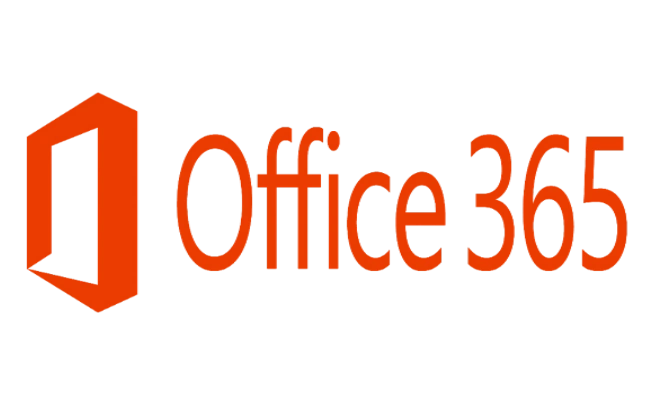





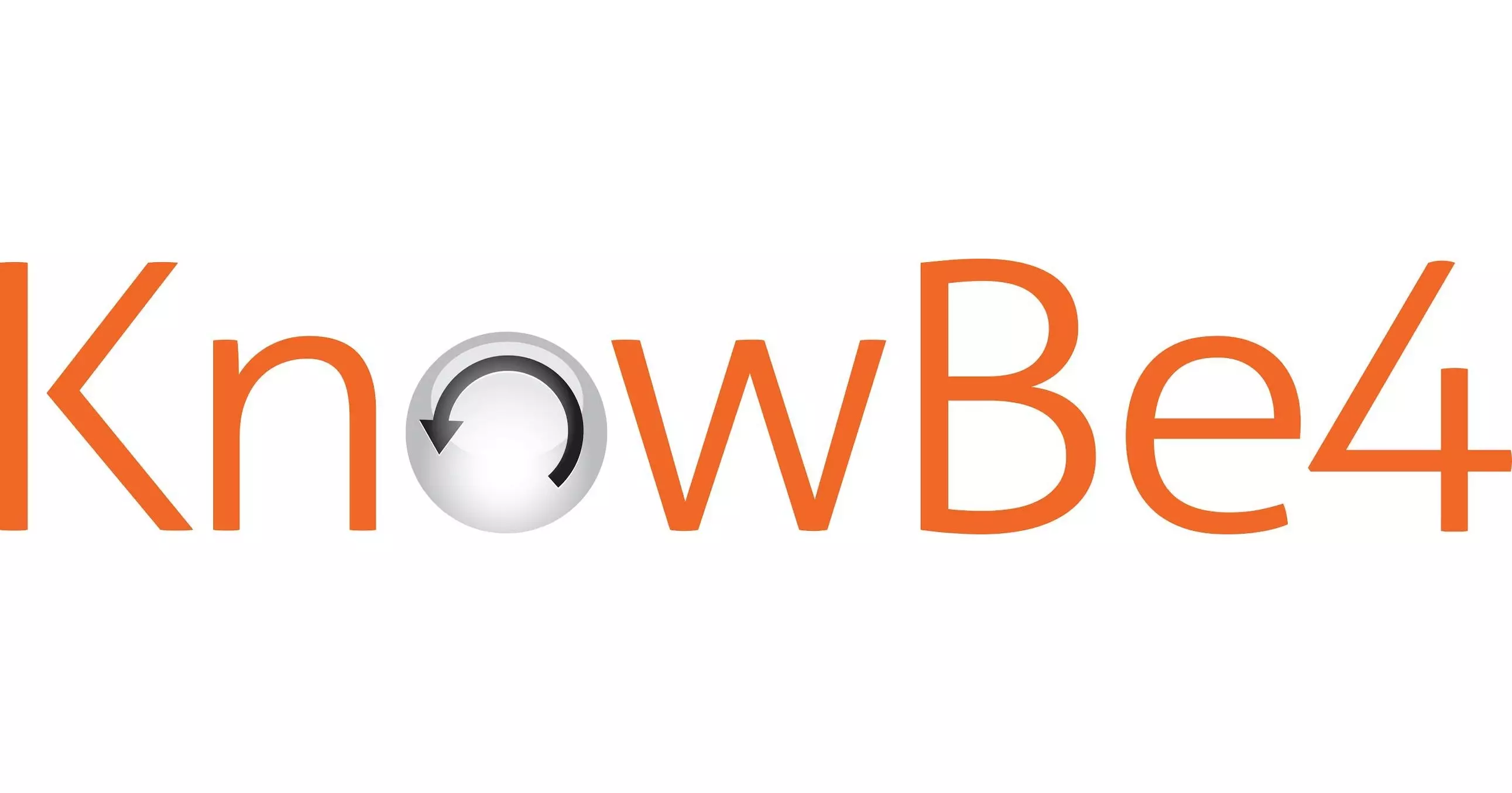



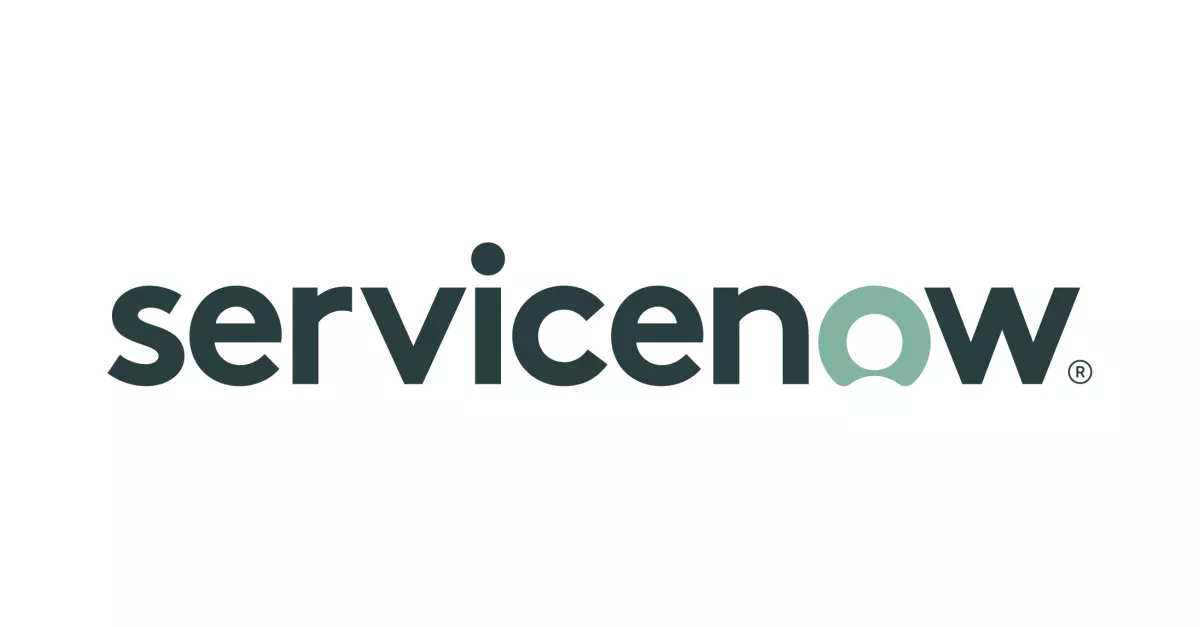

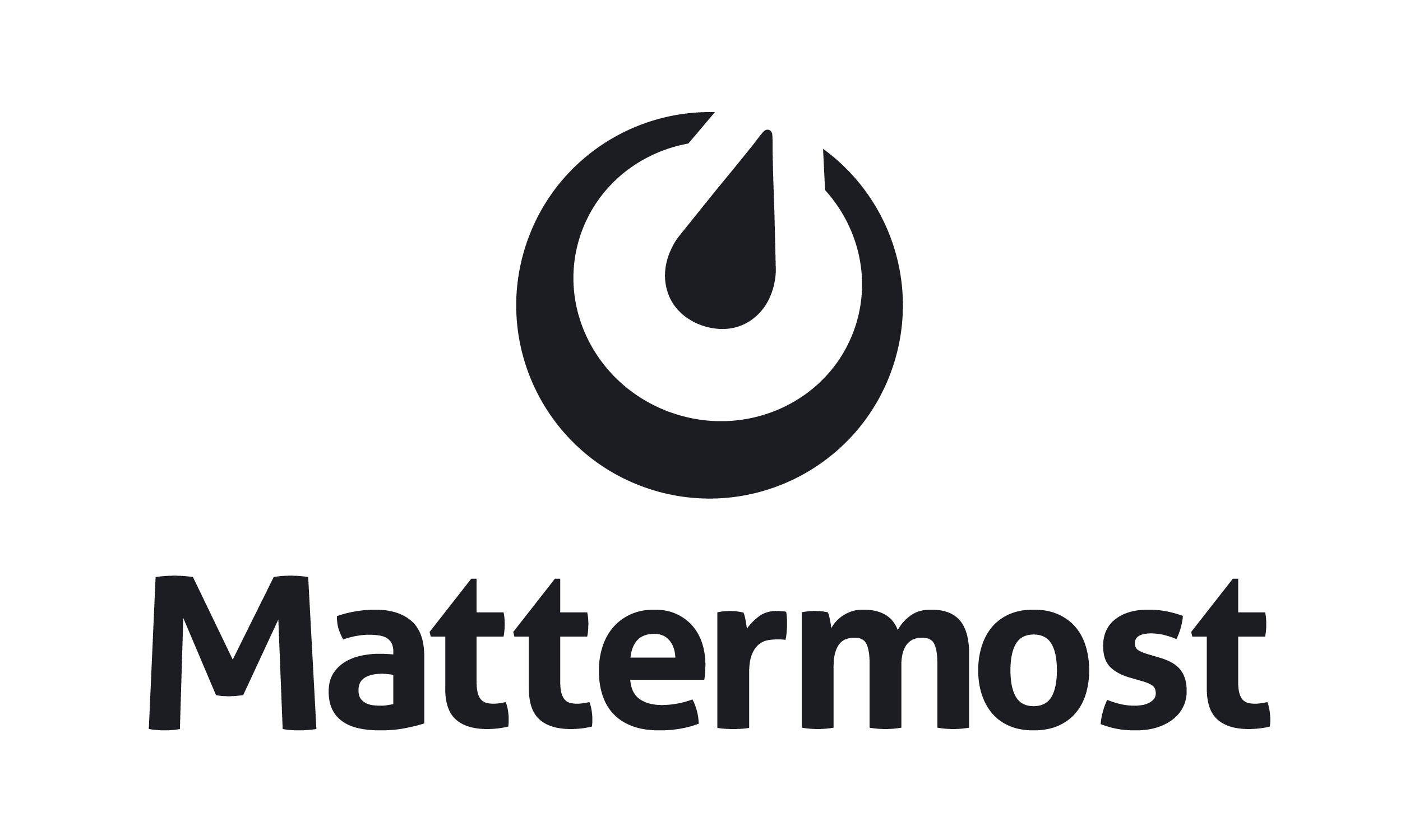
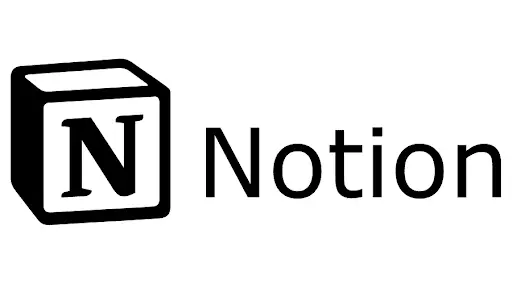


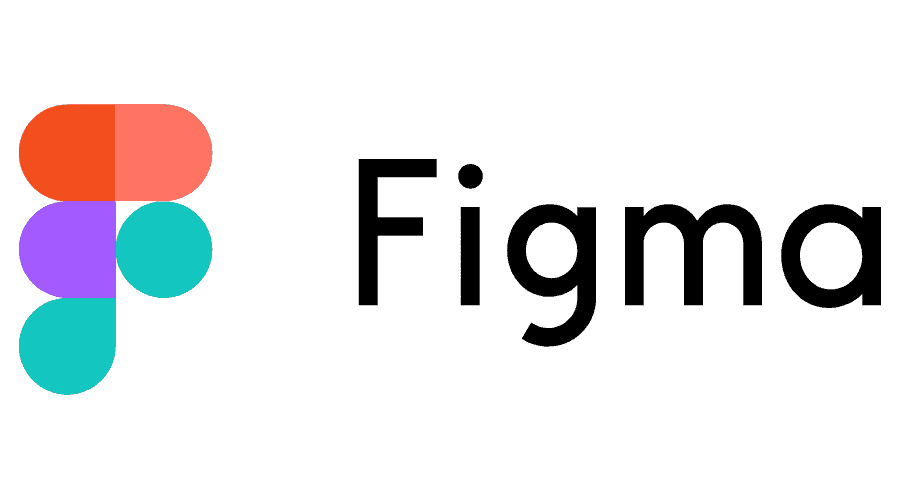

SSO solution helps employees and end-users quickly access their enterprise apps with a single click. This eliminates the inconvenience of managing, remembering, and resetting multiple passwords, thus improving productivity with higher conversion rates.
Tailor your subscription plan to your needs, get competitive pricing, and benefit from special discounts for educational and non-profit organizations.
Security and Compliance factors enforce organizations to prove that they have taken adequate security measures to protect sensitive data. Single Sign-On (SSO) helps with regulatory compliance to meet data access and security risk protection requirements.

Enabling SSO allows users to manage individual dashboards and self-reset passwords, which eliminates the necessity for IT support, saves admin time on password resets, and supports tickets to focus on more important tasks. This helps in reducing IT costs.
SSO authentication ensures that only authorized users get access to sensitive data. With Single Sign-On you can implement password policies like Password length, complexity, restrictions on password reuse, session timeout and self-service password reset policy to strengthen security without holding up your users access.
miniOrange cloud-based solution and competitive pricing allow you to Choose your subscription plan based on current requirements, and then scale as you grow.
per month
upto 500 Users
per user per month
*Please contact us to get volume discounts for higher user tiers.

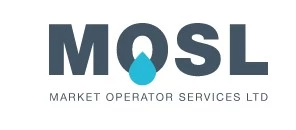





"Nahdi wanted to adopt SSO, and they were using Siebel CRM, but it didn't support any SSO protocols. Changing the entire CRM system and transferring data from one CRM to another is a time-consuming job....."
OAuth and SAML are two different protocols used for authentication and authorization in different scenarios. OAuth is primarily focused on delegated authorization, involving the exchange of access tokens between the client application, the resource owner (user), and the resource server (API). SAML, on the other hand, is designed for Single Sign-On (SSO) and federated identity management and operates by exchanging XML-based security assertions between an identity provider (IDP) and a service provider (SP). miniOrange solution supports both SAML & OAuth protocols along with other popular protocols for SSO, MFA & Provisioning.
SAML 2.0 is the upgraded version of the original SAML protocol, which is widely used in enterprise environments and web applications for implementing federated identity management and SSO. SAML 2.0 supports various authentication mechanisms, including username and password, X.509 certificates, and Multi-Factor Authentication. It also allows for attribute-based access control. miniOrange SSO solution supports SAML 2.0 Protocol for SAML Single Sign-On (SSO).
SAML authentication and user authorization are not the same thing. SAML authentication refers to the process of verifying the identity of a user. User authorization, on the other hand, deals with granting or denying access to resources or functionalities based on the authenticated user's permissions.
Once a user's identity has been authenticated, the service provider (SP) or application determines what the user is authorized to do and what resources they can access. miniOrange SAML SSO solution provides both Authentication and Authorization capabilities.
Let’s take the example of an employee at a large company trying to access their professional email account on the company domain from a mail service provider like Outlook or Gmail. When they log in, the email system doesn't have their credentials. It redirects them to your company's login page. After entering the username and password, the SAML Identity Provider generates a SAML token (XML document) that confirms your identity. It sends this token back to the email system, which validates it and grants them access without needing a separate login. SAML login enables Single Sign-On, enhancing security and user convenience across various services.
Yes, SAML Single Sign-On (SSO) can be used for both web and mobile applications. It provides a standardized authentication mechanism that works across various platforms, ensuring a seamless and secure user experience regardless of the device or application type.

Our Other Identity & Access Management Products